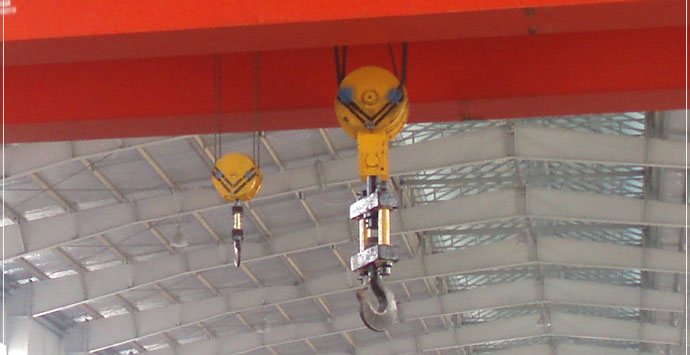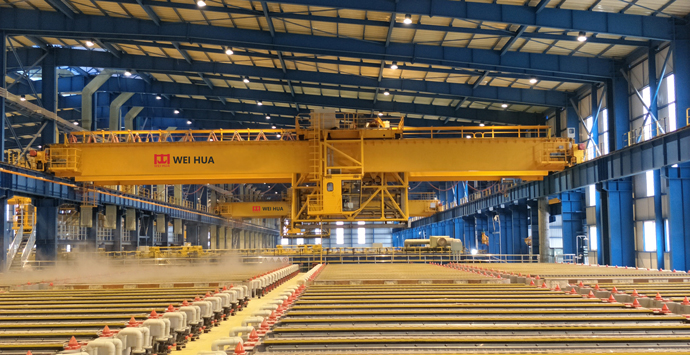When it comes to overhead cranes, one of the most critical components is the crane hook. The overhead crane hook specification determines the load handling capability, segurança, and efficiency of the entire lifting system. Neste blog, we’ll explore the essential specifications, tipos, padrões, and selection tips for gancho de guindaste no alto to help you make an informed decision.
An overhead crane hook is a device used to attach and lift loads during crane operation. It connects the load to the crane via slings, correntes, or lifting devices. The hook must be designed and manufactured according to precise engineering standards to handle the required capacity safely.

1. Capacidade de carga
The most important specification.
Indicates the maximum weight the hook can safely lift.
Must match or exceed the rated capacity of the crane system.
2. Tipo de gancho
Gancho único: Used for light to medium loads; economical and common.
Gancho duplo do guindaste: Suitable for heavy-duty applications with better load balance.
Forged Hook: Strong and reliable; made from high-quality alloy steel.
Laminate Hook: Constructed from laminated steel plates; ideal for very heavy loads.
3. Material
Usually made of high-tensile alloy steel for strength and fatigue resistance.
Heat-treated and forged to enhance durability and safety.
4. Abertura da garganta
The distance between the tip and the back of the hook.
Must be checked regularly for deformation or wear.
5. Hook Dimensions
Common dimensions include:
Eye diameter
Neck width
Overall height and width
Radius of curvature
These dimensions must comply with standards like DIN, ISO, ASME B30.10, or other regional regulations.
6. Trava de segurança
A safety feature to prevent accidental load release.
Mandatory in most industrial settings.
7. Rotation Capability
Some hooks are designed to rotate 360° to help position loads more precisely.

To ensure safety and compliance, overhead crane hooks should follow international or national standards such as:
ASME B30.10 – Safety standards for hooks.
DE 15401 / DE 15402 – German standards for crane hook designs.
ISO 7597 – Standard for lifting hooks.
These standards specify material, load limits, inspection intervals, and manufacturing tolerances.

Determinar os requisitos de carga: Know the maximum weight and type of loads.
Check Crane Compatibility: Ensure the hook matches the crane’s lifting mechanism.
Consider Application Environment: Heat-resistant or corrosion-resistant hooks may be needed in foundries or chemical plants.
Verify Standards Compliance: Always choose hooks certified by recognized safety bodies.
Understanding overhead crane hook specifications is crucial for maintaining a safe and efficient lifting operation. From load capacity and material to standards compliance and safety features, each detail plays a vital role in performance. Always consult with a professional manufacturer or engineer when selecting crane hooks for your system.
Valorizamos seu feedback! Preencha o formulário abaixo para que possamos adaptar nossos serviços às suas necessidades específicas.


Clique no botão para obter informações e citações do produto no WhatsApp.
Obtenha cotação
Últimos comentários